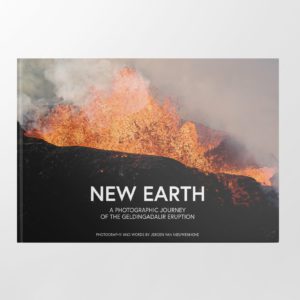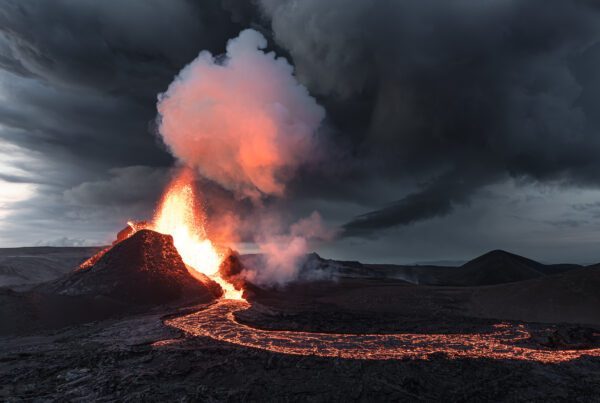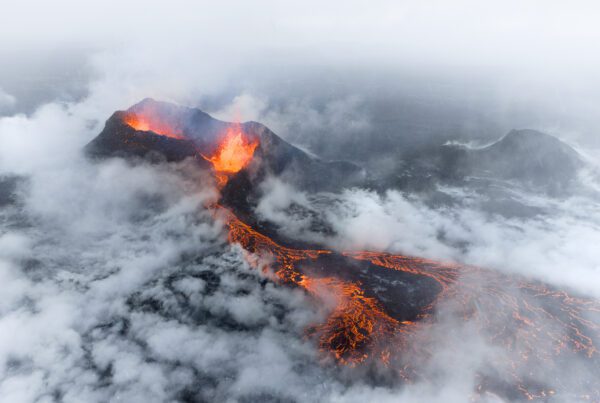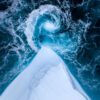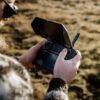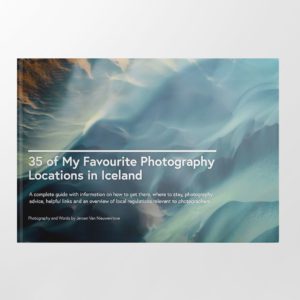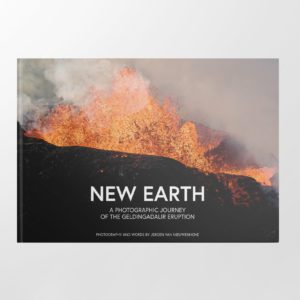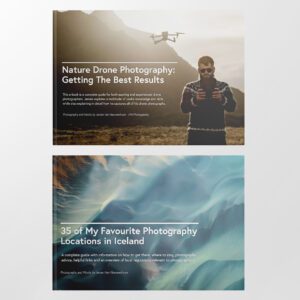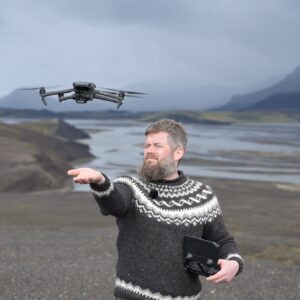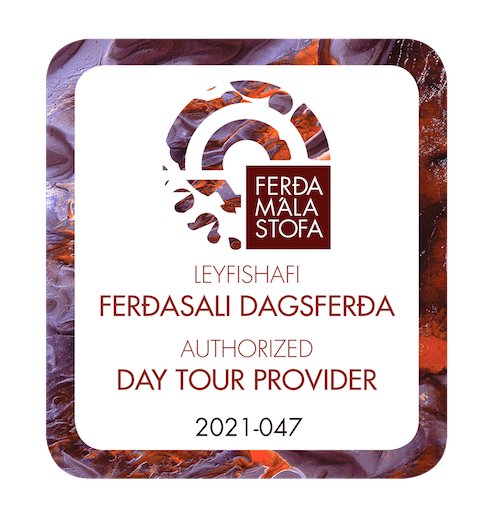What Is ‘Behind The Shot’?
To me, photographs are strengthened by having a good story to support them. At its core, photography is the art of capturing memories and those memories deserve to be told & shared. With this new concept I want to tell people that story. I want to share what effort, struggle and sometimes luck is behind the publishing of that single image you might see in your social media feed. Every month I will be sharing one photograph which has a good story, a deeper meaning or a struggle behind it.
Eleven months ago, I began my ‘Behind the Shot‘ blog concept in which I share stories behind some of my photographic work. This will be my last ‘Behind the Shot’ story for a while as I will start up a new concept in January (stay tuned for that!). I will still, on occasion, publish new stories but just not every month. The feedback on the stories has been amazing and I really enjoyed writing them.
For this final story of 2023, I am doing a bit of a different take on the concept. I won’t specifically talk about one photograph but rather an entire project. I will share the story behind my book, New Earth – A Photographic Journey Of The Geldingadalir Eruption, which I self-published two years ago this week. It was a real passion project of which the idea came to fruition quite unintentionally.
When the first eruption of Fagradalsfjall began on March 19th 2021, it was a childhood dream come true. Therefore, I was there to experience and capture this volcanic event from a front-row seat as often as I could. It turned into a genuine photographic journey which exceeded all my expectations. In New Earth, I shared a collection of images taken from day one until the very last day of the eruption. Very much like this series of blogs, I tried to strengthen the photographs by sharing my story of my experiences whilst photographing that eruption. But how did this idea to do a book about the first Fagradalsfjall eruption spring forth?
Disclaimer: To celebrate the second anniversary of the release of New Earth, my book, I decided to offer it with a 20% discount for one week – starting today!
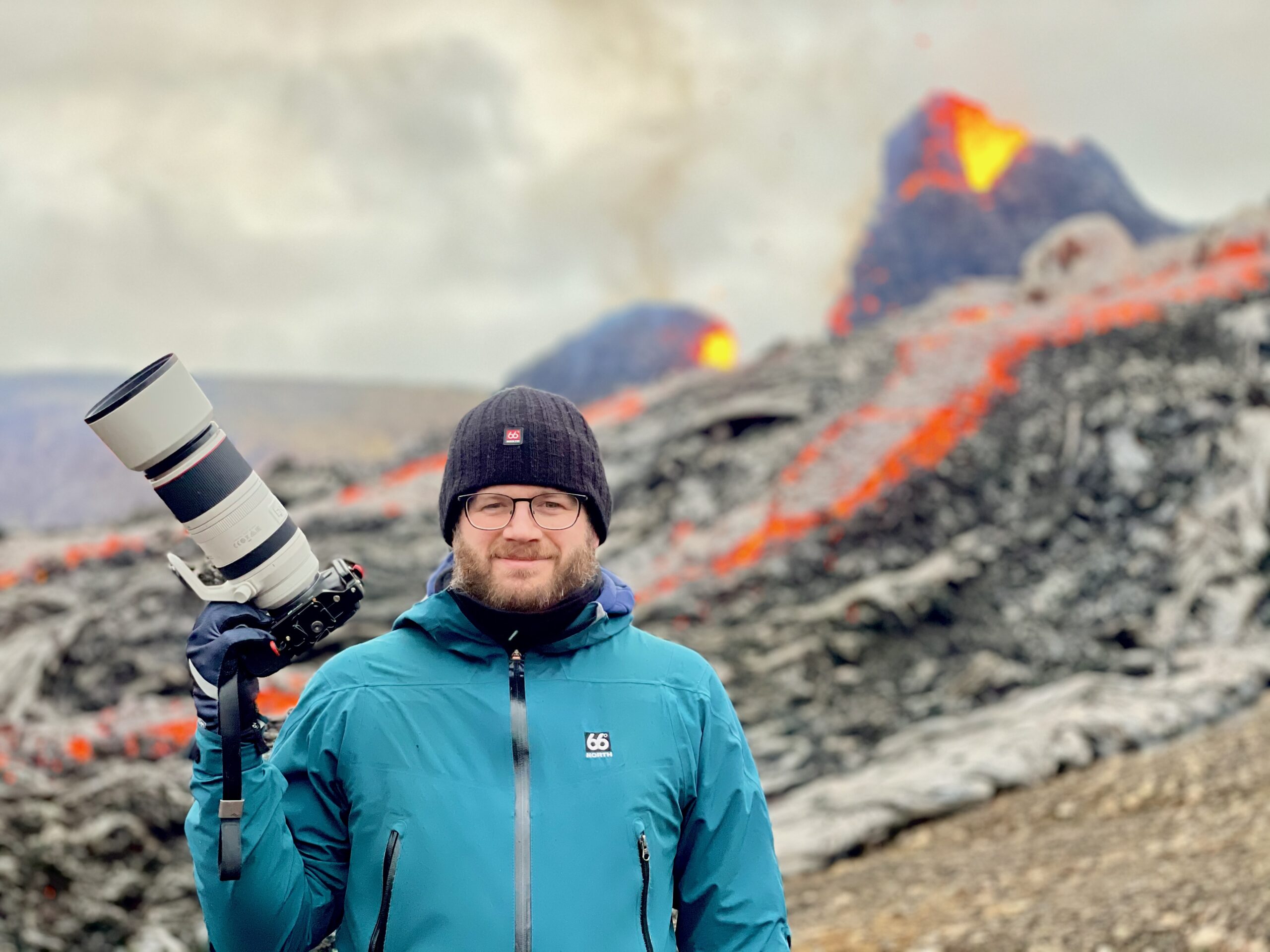
Seeing a volcanic eruption, and experiencing it with such proximity, was a dream come true for me and it kickstarted my photography career. From day one of the Geldingadalir eruption of the Fagradalsfjall volcanic system to…
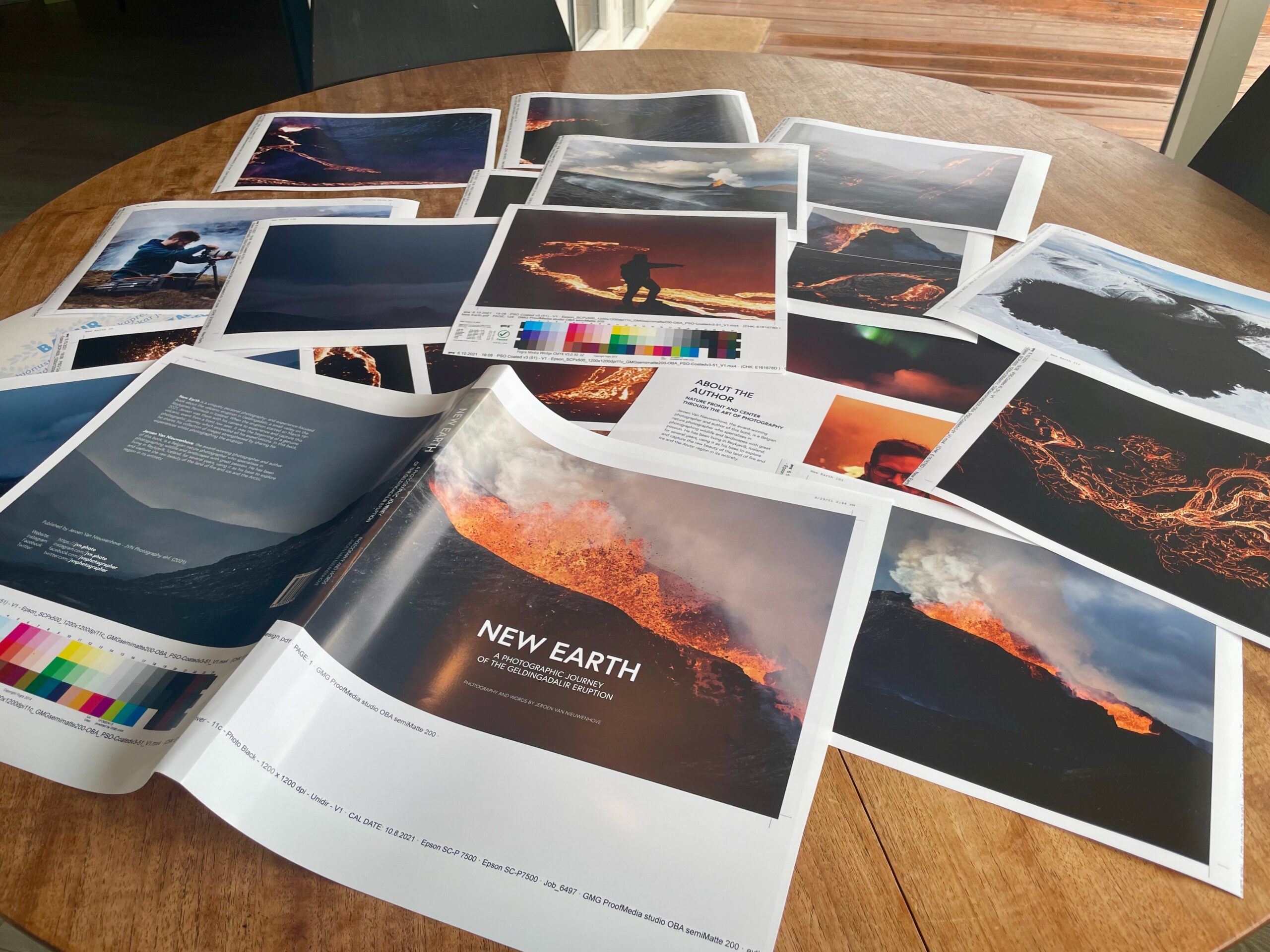
…proofing the first test prints of my very first book. The whole process of self-publishing my own book about my photography has been a steep but rewarding learning process.
A Response To Social Media Uniformity
While I always had the idea in the back of my head that I wanted to publish a book with my photography at some point, I never really imagined it would be one about a volcanic eruption. As you can imagine, it’s impossible to plan a book around one specific eruption, not knowing when one might occur. I was also pretty fortunate that it ended up lasting for six months, while also having enough different phases, so there was sufficient variety for a book.
Initially I didn’t set out with the plan to create a book. The idea sprung forth from frustration, or rather disbelief. As you’d expect, in the first two weeks of the eruption, many different photographers flocked to the eruption area. However, what I didn’t expect was that many of them took extremely similar photographs. At one point, my social media feed turned into a scroll fest of eruption footage, it being the hottest thing on social media after all (pun intended). Yet many of the images on my feed portrayed the eruption from the same angle and perspective, and were even taken with the same camera gear. It was almost as if someone had figured out the “magical photo to rule all social media“, which could get them a lot of likes and new followers.
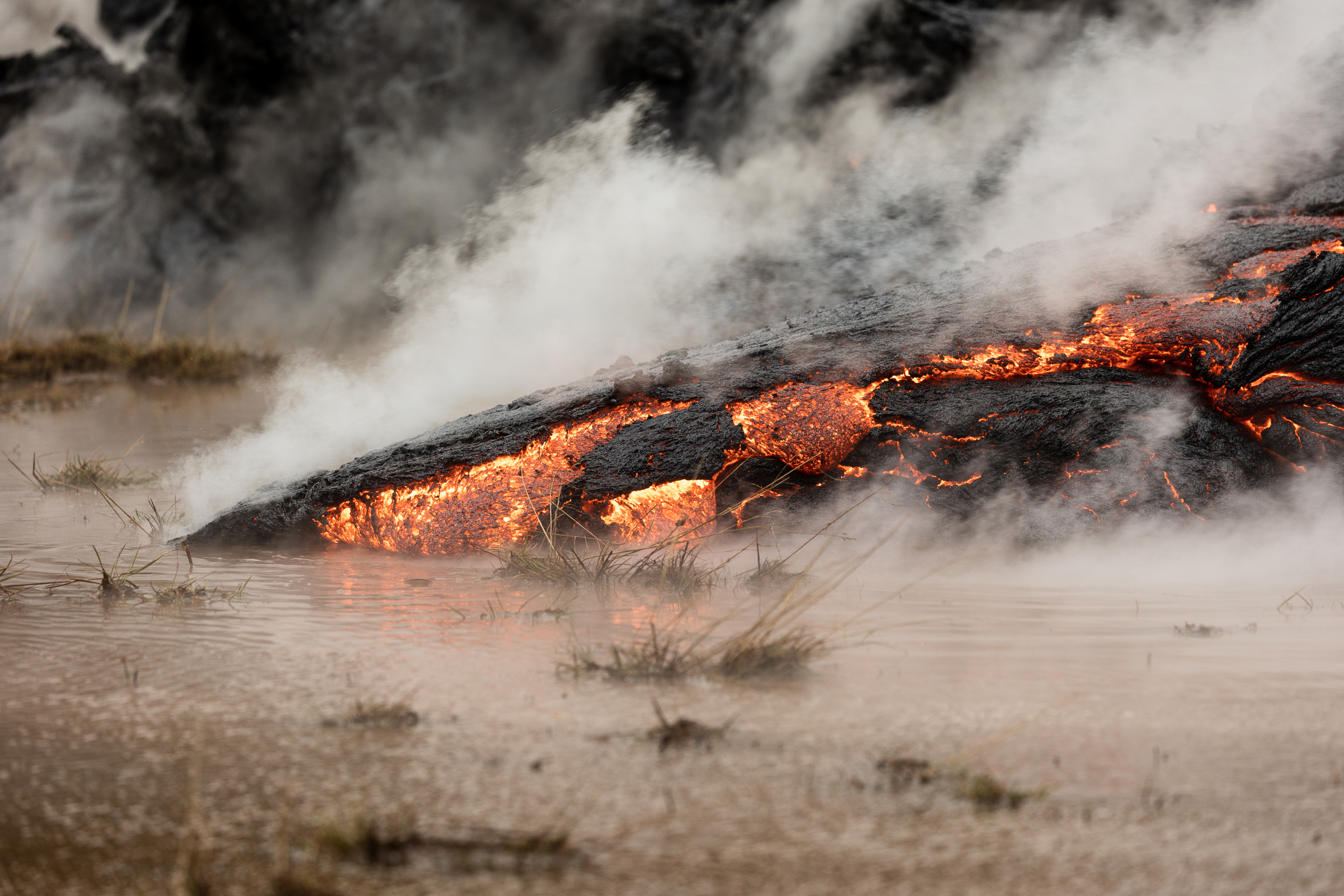
Before this eruption began, I had dreamt a long time of seeing one. In preparation, I tried to find inspiration in the work of people such as Katia & Maurice Krafft, who did an amazing job in the past of documenting such events.
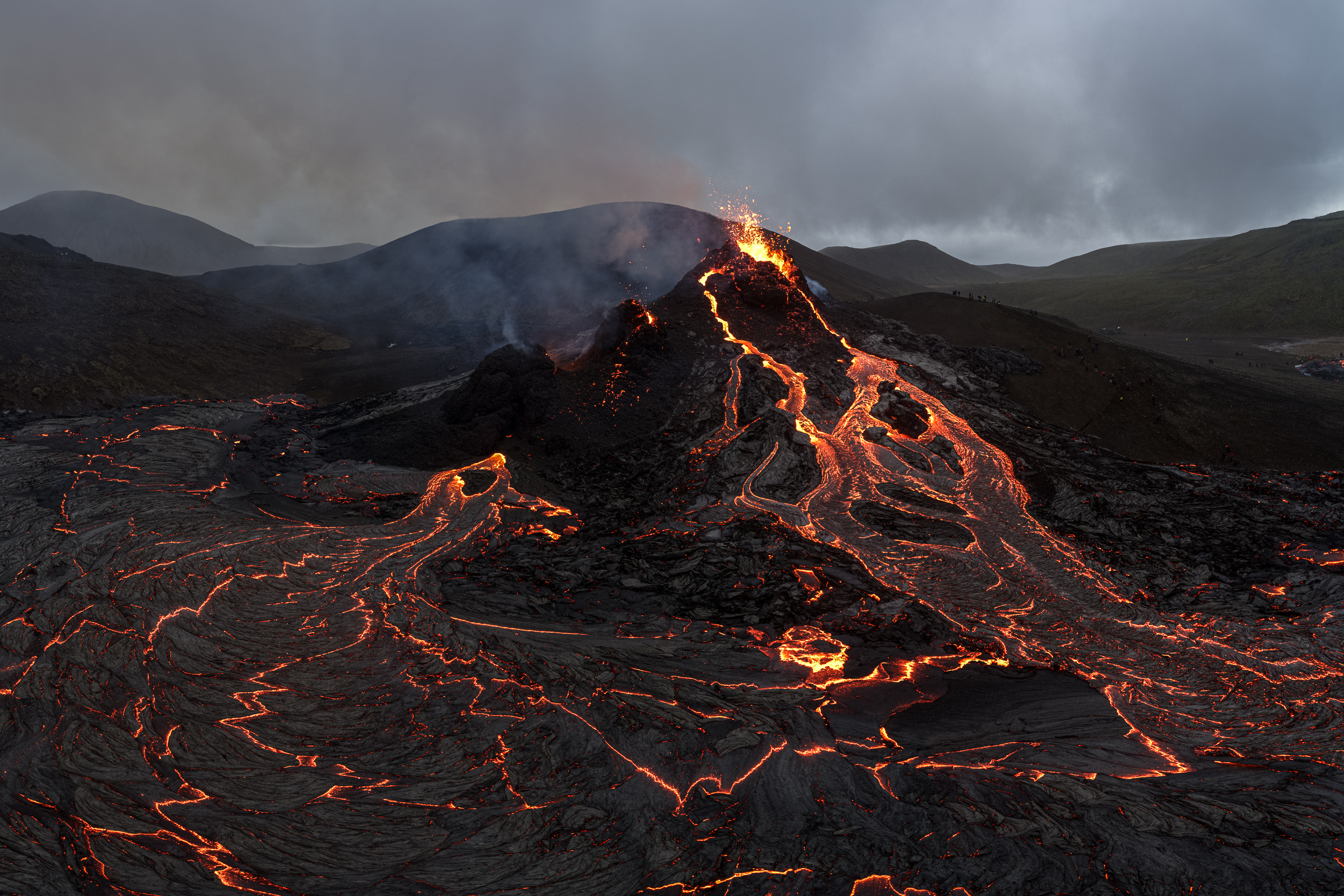
The first day was beyond anything I could have ever dreamed of. The location, the shape, the proximity, … Everything was seemingly perfect for photography.
This really bothered me because I looked at the eruption as much more than a great social media opportunity. I couldn’t understand why so many people reduced it to this one composition, this one angle and this one image. To me, this event was much more than that, it was extremely unique in many different ways. This was the first time in 7000 years this particular volcanic system erupted. On top of that, the eruption was very small which meant that we could just walk up to it and be really close. You could stand there & witness a new lava field being made. You could smell it and feel its heat as the lava terraformed the whole area, taking over everything – essentially creating a blank slate of landscape.
Instead of criticising & being frustrated with this “social media uniformity“, I decided to do something positive with it. I tried shaping this feeling I had into an idea to further my own photography. I decided to visit the eruption multiple times with different goals in mind. I tried to work in a methodical way where one time I decided to hike to a side of the new lava field where no one else went to see it from a different angle. Another time I chose to only focus on capturing detail shots of the lava or I decided to only fly my drone and search for specific patterns. My goal was to show that this was the unique event I saw it to be and I wanted that to reflect in my photographs.
I spent an obscene amount of time at the eruption during those days. I sometimes visited the area 3-4 times per week. Especially in the beginning things were evolving at a fast pace with new craters opening up, then shutting down, new lava flows forming, and more. I quickly discovered that being early was vital as for photography the most interesting moments were those when you could still get close to the action.
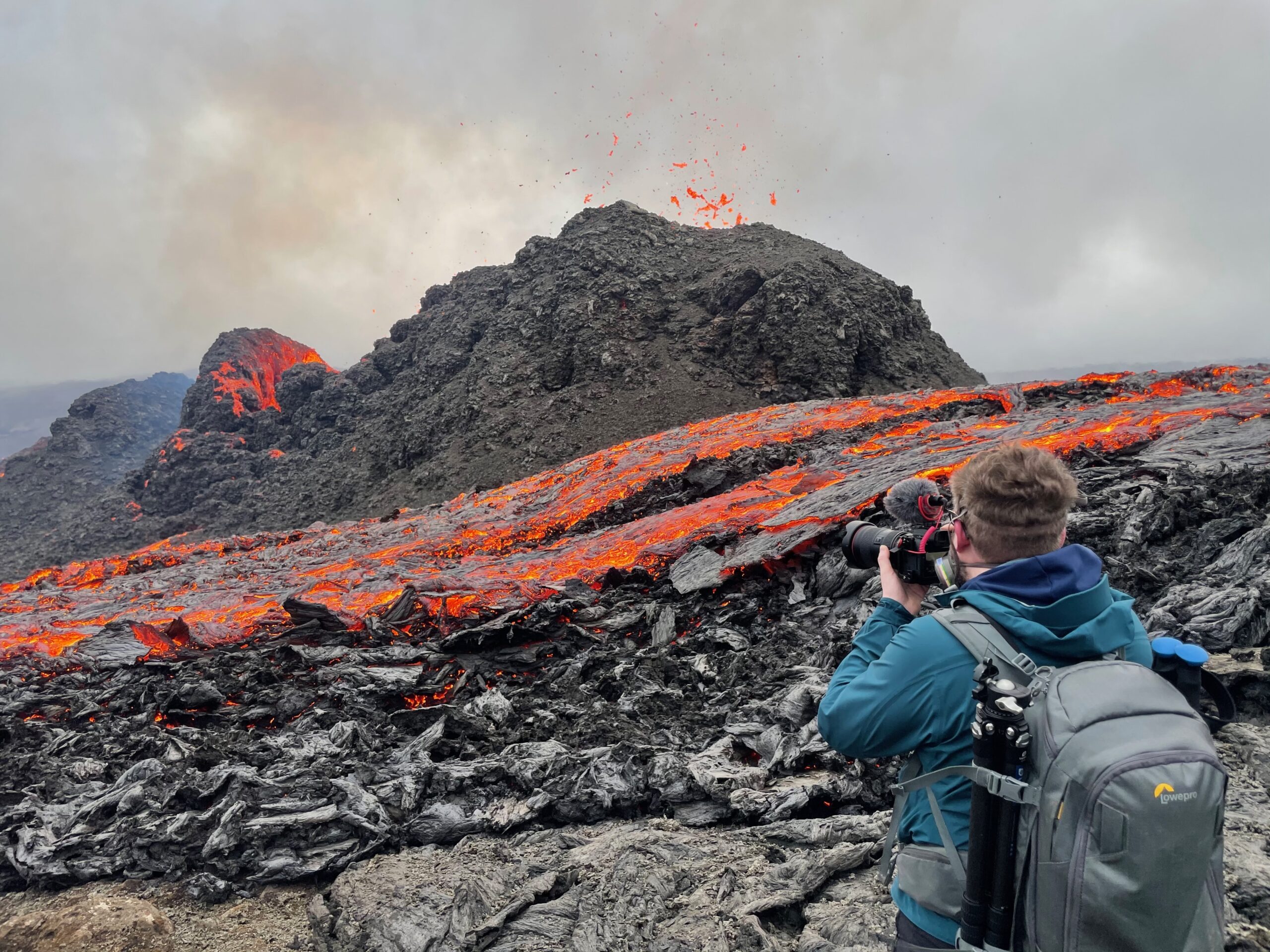
I spent hours and days at the eruption, documenting every element that I thought was interesting or captivating. At one point, I even stopped looking at the social media content of others so I wouldn’t be influenced by their ideas.
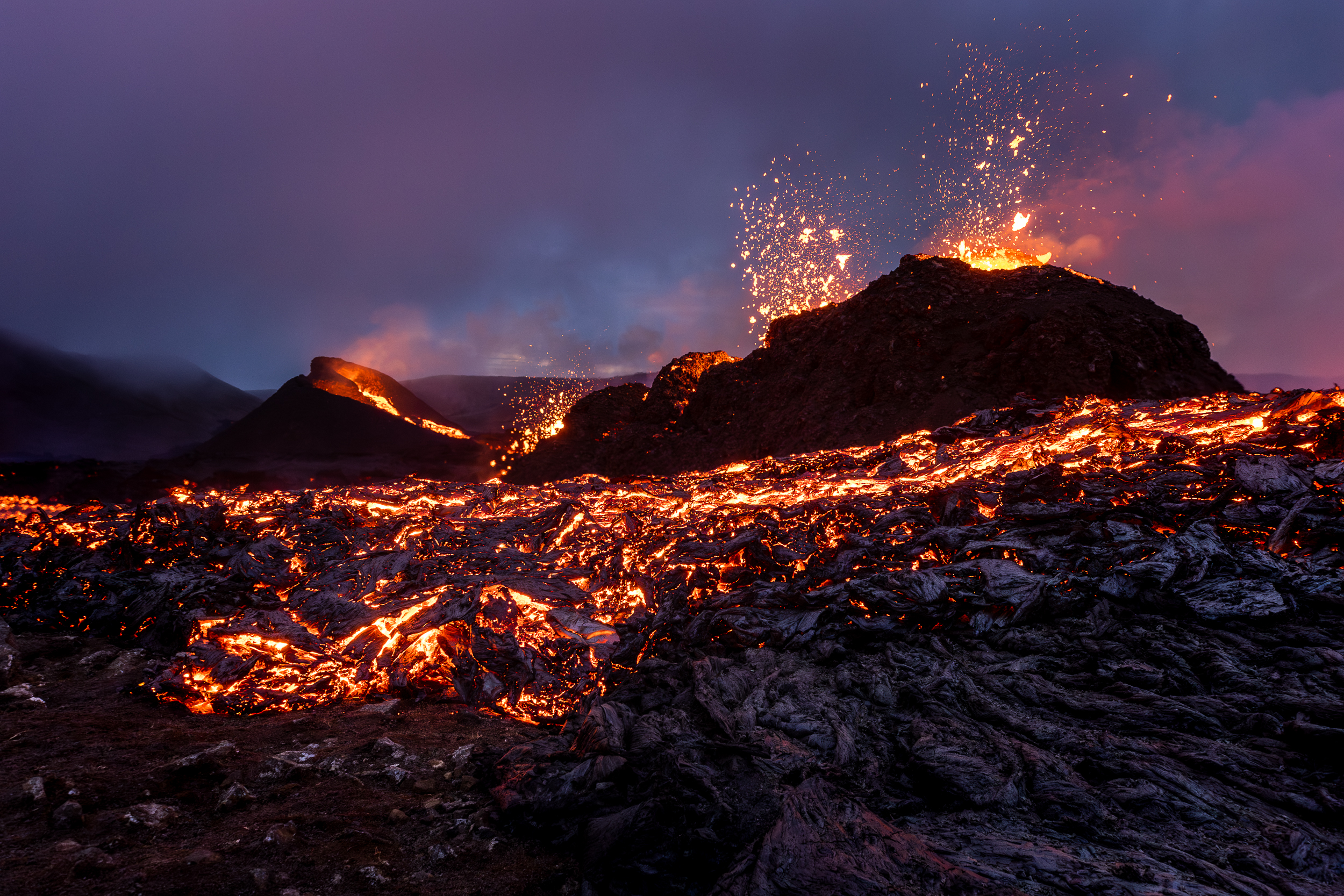
The final result of the ideas I was working on in the previous photograph. I liked the composition I found during daylight and then returned later that evening when I had better light and colours due to the glowing of the lava.
The Beginnings Of ‘New Earth’
As you can imagine, after about two months of visiting the eruption with this methodology in mind, I had collected a really large selection of very varied photographs of the same eruption. About 10 weeks into the event, I decided to write a blog summarising some of my favourite shots up until that point. After publishing it, I received a lot of great feedback from many people following my photography. This is when I started thinking about the creation of what ended up being my first book publication, called ‘New Earth‘.
The eruption reinvigorated my love for photography. Suddenly, I had a lot of inspiration. The challenge I put on myself, trying new angles & methods, really pushed my work forward in a way I had never thought possible. The more I visited the eruption, the more I felt a sense of privilege that I could go there whenever it was possible. It was an honour that I got to be there to see the birth of a new landscape. Especially in the midst of a pandemic which made international travel very challenging. I didn’t realise this in the beginning of the eruption but, over the course of those first months, I began growing a certain respect & appreciation for being able to witness the formation of this new landscape. Being in this state of mind, seeing it more philosophically, I began writing the rough outlines of my book and fleshed it out whenever I had a few hours to spare.
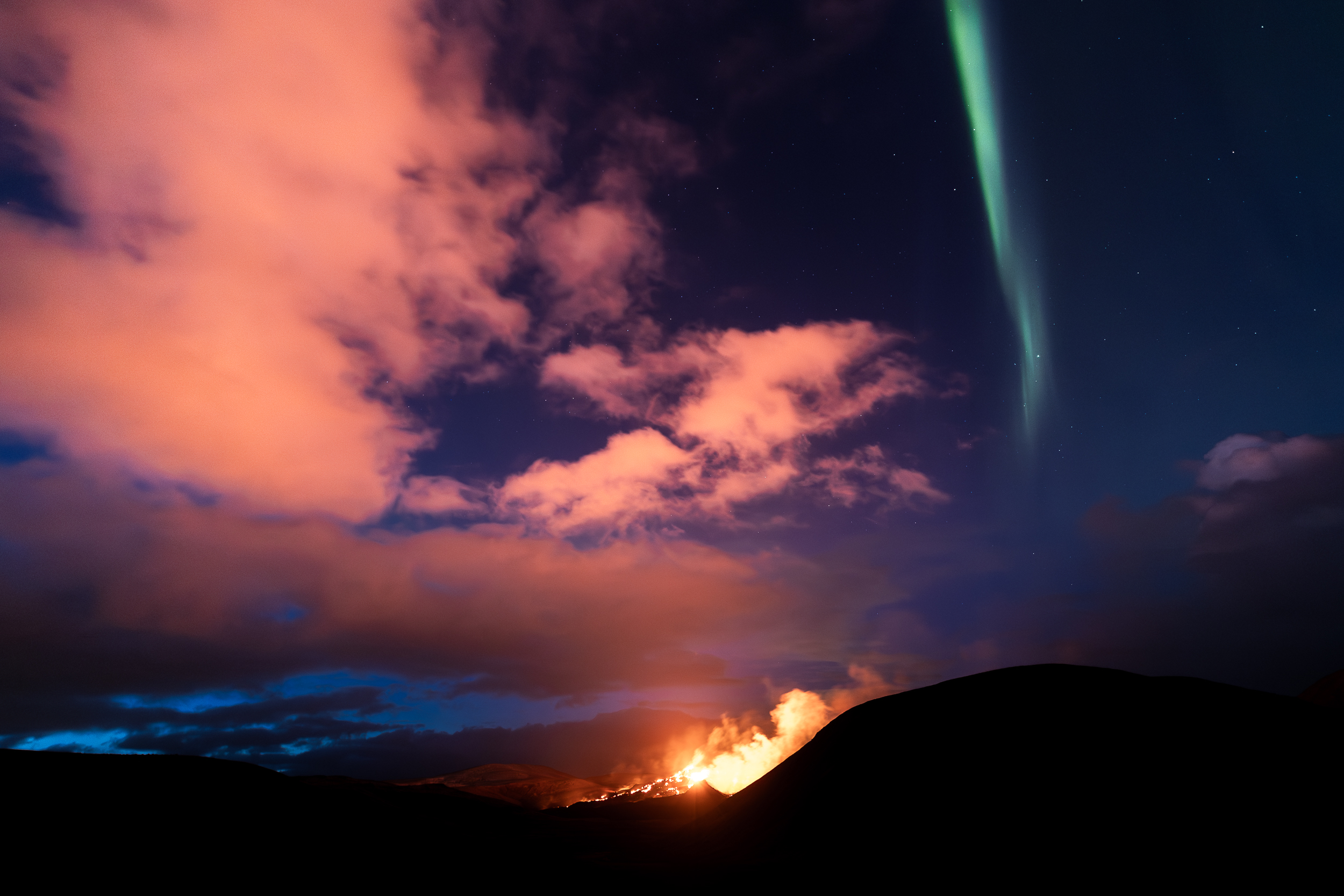
During that time, I kept setting challenges for myself. I tried to push boundaries. One of those moments was when I captured the northern lights above the eruption. This photograph didn’t make it into my book as it wasn’t my favourite so I felt it could live on to illustrate this story.
In July 2021, I was originally planning to travel to Greenland but, because that trip got cancelled due to stricter COVID-19 regulations, I travelled to Grímsey as a plan B. I turned out to be a great idea to travel to this little island in the Greenland Sea. Not only did I get to spend an amazing time there with the abundant birdlife, but the island itself inspired me which meant I also managed to do an impressive of amount of writing. There was something about being so isolated, hearing only the bird sounds 24/7. I sometimes woke up in the middle of the night and just began writing. Even the sounds of the Arctic Terns, which screeched endlessly, felt calming and allowed me to stay focused. I ended up finalising all the texts for my book on that trip, which felt really fulfilling. It was a strange, but rewarding, feeling to be overflowing with ideas – especially after having suffered with creative block for more than a year.

I remember this evening very well. It was absolutely incredible to stand so close to the erupting crater. I took this shot at 24mm, with my wide-angle lens. As the lava fountain built up, the heat was radiating in your face. It became so warm, you could easily stand there in a t-shirt.
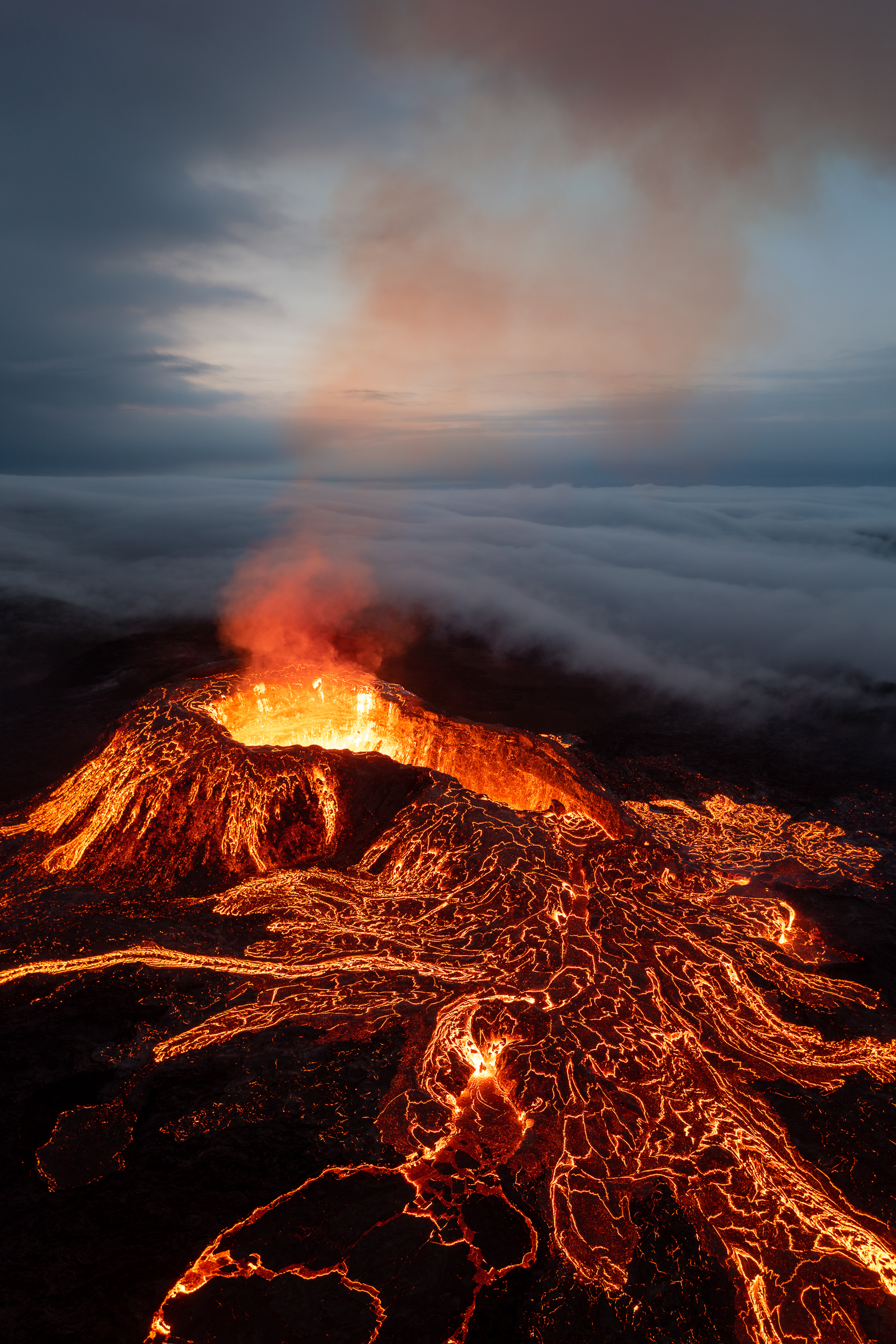
This photograph never made it into my book but since then I have won multiple awards with it. It’s one of those shots I didn’t get a chance to edit before I had to finalise the final design of ‘New Earth‘.
Killing Your Darlings
What I didn’t realise at that point was how hard it would be to select photographs to go into the book. Killing your darlings, as they call it. And it truly was. At that stage, I had taken thousands of photographs of the eruption. Of course, these weren’t thousands of different angles & perspectives. I often shot the same compositions multiple times to get differences in the shape of the lava. This was, for example, crucial when photographing lava fountains. And on top of that, I had so many photographs I was very proud of and not enough room to put them. All of this together made it incredibly hard to condense my work into ‘only’ 142 pages. I sometimes compared a series of 30 images, shot consecutively, and scanned them for minimal differences just to be sure I used the, in my eyes, best one.

I had taken so many photographs during the first volcanic eruption in 2021. Many of them never made it into my book, and some of them have never been edited until now. While preparing to write this ‘Behind the Shot‘ blog, I revisited this photograph for the first time since taking it in May 2021.
“Oh, why didn’t you include this shot in your book?” is a valid question I still sometimes get on some of my more popular social media posts. However, believe it or not, there is a very good reason for that. My dirty secret is that I still haven’t managed to edit all the photographs I took during those six months. Even after publishing an entire book about the Geldingadalir eruption, I still edit “new” photographs on occasion. In a way, editing eruption images I haven’t edited before is also something I do so it takes me back to those precious moments. Those six months really changed a lot for me, both mentally and professionally.
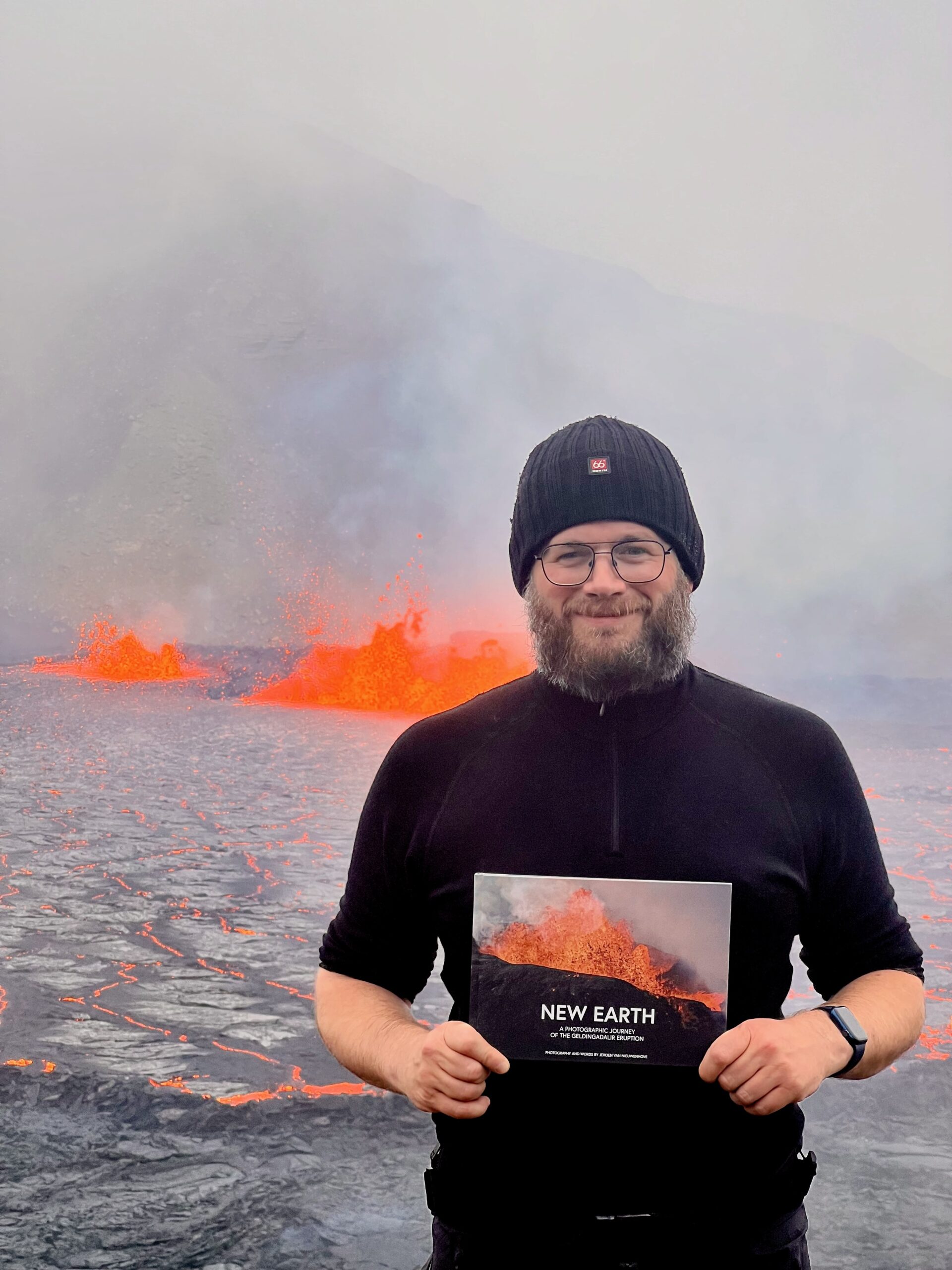
Here’s me posing with a copy of New Earth in front of the second eruption of Fagradalsfjall, in Meradalir. I never thought I would ever be able to pose with my own volcano book in front of a second eruption but then…
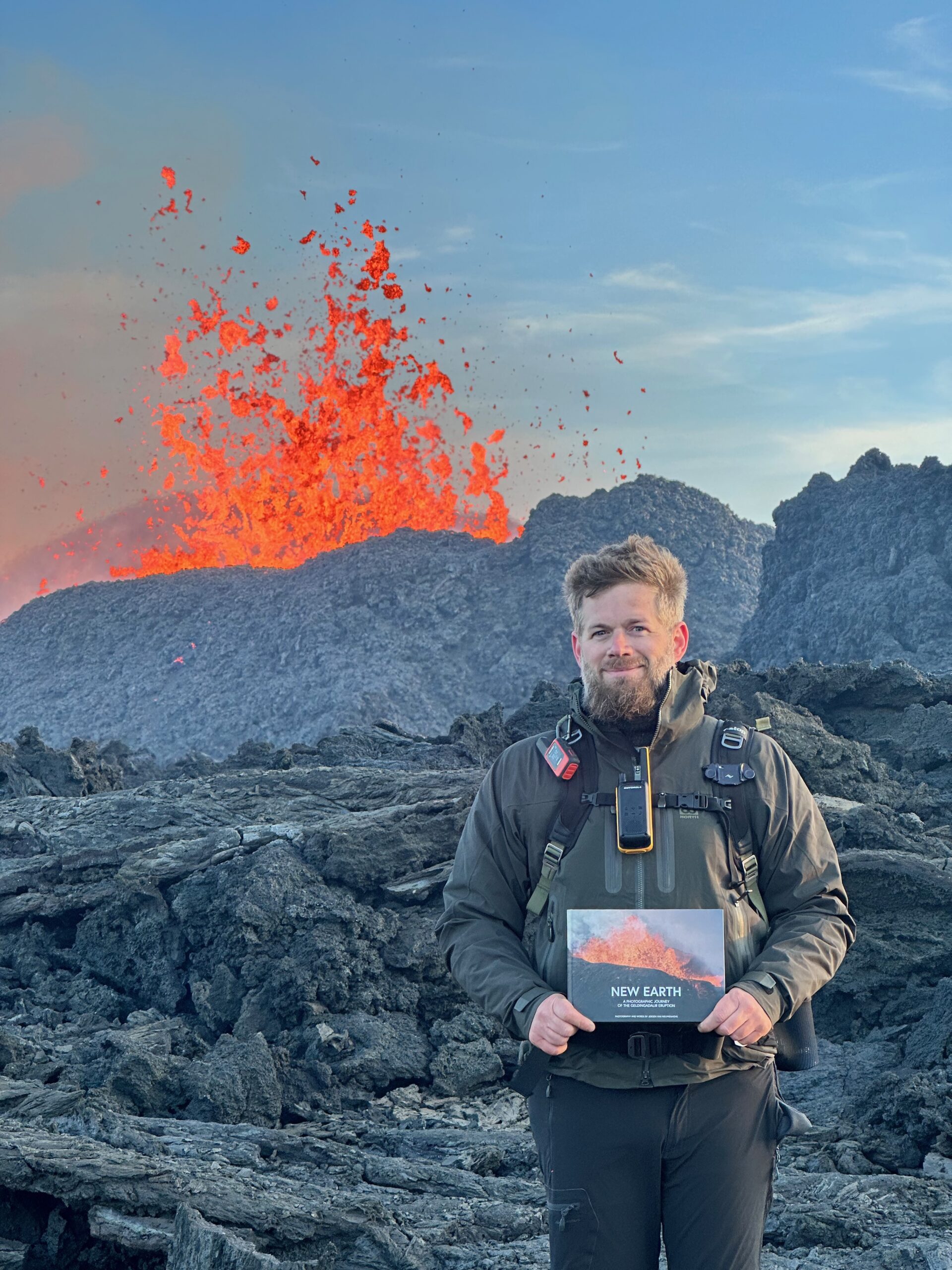
… an even crazier thing happened when I could stand with a copy of my book at a third eruption of Fagradalsfjall, at Litli-Hrútur, in the summer of 2023. Both moments were filled with pride.
Photography Milestone
I am glad I followed my gut feeling and used this unique opportunity, a gorgeous eruption, to create something deeply personal. A story that covered my journey, a journey of capturing the creation of a new landscape. My volcano photography, and by extension self-publishing ‘New Earth‘, was a milestone in my photography career. It put me on the map as a landscape photographer and it helped me launch my career. For the opportunities it created, I will be eternally grateful. I am really proud of this first publication. It turned into a real work of passion and I am honoured to read all the feedback on it.
This was the final ‘Behind the Shot‘ for a while. If you’re interested in reading the previous 11 stories, make sure to have a look at the ‘Behind the Shot’ overview page.
New Earth Discounted For One Week
Starting today, New Earth is 20% discounted for one week! New Earth combines Jeroen’s photography of the eruption with interesting stories on how those photographs came to be. He also shares how this volcanic event left a big impact on him personally and how his experience started evolving together with the eruption.
[elfsight_countdown_timer id=”10″]
Discover Jeroen’s Photo Workshops in Iceland, Greenland & Beyond
Ready to take your photography to the next level? Join me, Jeroen Van Nieuwenhove, on unforgettable photo workshops in Iceland, Greenland, Antarctica and other exciting destinations. Whether your passion is wildlife photography, bird photography, landscape adventures, or mastering drone photography, each workshop is designed to give you hands-on guidance in some of the world’s most spectacular locations.
From puffins in the midnight sun to Arctic foxes in the wild, from glaciers and volcanoes to dramatic coastlines seen by drone – these journeys are more than workshops; they’re once-in-a-lifetime experiences. Group sizes are kept small, ensuring personal mentoring and plenty of shooting opportunities.
Looking for something specific? Check out Jeroen’s…
- Wildlife & Bird Photography Workshops (Puffins, Arctic Foxes)
- Drone Photography Workshops
- Photo Workshops in Iceland
- Photo Workshops in Greenland
Spots are limited – secure your place today!
What Previous Participants Shared About Their Experience
These reviews are verifiable on Jeroen’s public Google Business profile.
Support Jeroen’s Work
As an independent photographer, Jeroen partially relies on your support to keep producing worthwhile content such as blogs, photographs, books and much more. If you want to support his work, it is possible to do so by buying his e-books & books, prints or calendars.
You can also sign up to the newsletter to stay up to date on new blog posts, projects, workshops and other interesting information.
Thank you for considering!


